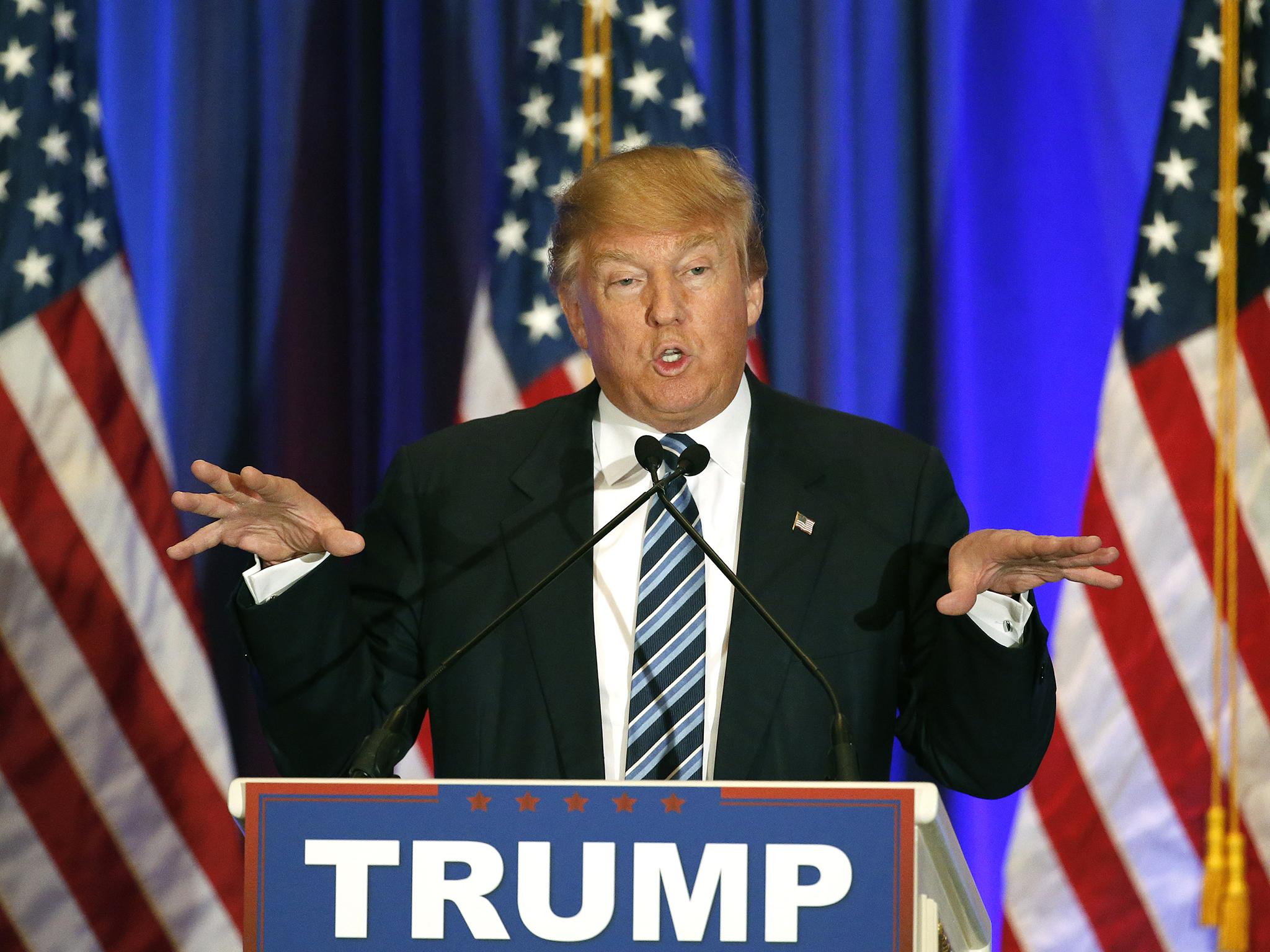Regardless of Trump’s policies on trade, the US economy is a success story and the statistics prove it
You can have a debate about trade policy, but you can’t deny that the American boom has legs. We got a feeling for that on Friday. Start with jobs


Your support helps us to tell the story
From reproductive rights to climate change to Big Tech, The Independent is on the ground when the story is developing. Whether it's investigating the financials of Elon Musk's pro-Trump PAC or producing our latest documentary, 'The A Word', which shines a light on the American women fighting for reproductive rights, we know how important it is to parse out the facts from the messaging.
At such a critical moment in US history, we need reporters on the ground. Your donation allows us to keep sending journalists to speak to both sides of the story.
The Independent is trusted by Americans across the entire political spectrum. And unlike many other quality news outlets, we choose not to lock Americans out of our reporting and analysis with paywalls. We believe quality journalism should be available to everyone, paid for by those who can afford it.
Your support makes all the difference.Another week of trade turmoil. Following the imposition of US tariffs on steel and aluminium imports from Canada and the EU during the week and a disagreeable G7 finance ministers’ meeting in Whistler, Canada, on Friday, the focus shifts to China. US commerce secretary Wilbur Ross arrived on Saturday in Beijing to see what China is prepared to do to cut the surplus from $375bn (£281bn) last year to … well, who knows, but a target of $200bn has been mentioned. The threat if China does not do what the administration wants is a 25 per cent tariff on China’s high-tech US exports.
Leave aside whether the US is justified in its attempt to narrow trade imbalances such as the one with China or indeed with the EU and leave aside too whether it is going the right way about it. Focus on something else. The US economy is a huge success story. You can have a debate about trade policy, but you can’t deny that the American boom has legs. We got a feeling for that on Friday. Start with jobs.
Unemployment in the US is now down to 3.8 per cent, the lowest since 2000 and equal to the lowest since the late 1960s. More remarkable still, the gap between white unemployment and black unemployment is the narrowest certainly since then, maybe longer. It is down to 2.1 percentage points (black unemployment is 5.9 per cent). Quite why is a bit of a puzzle and there is a good Fed study on this issue. It notes among other things that too many black people of working age are in prison. I know too that participation rates have fallen, that there are regional differences and that until recently middle-income wages were barely rising. But it does seem that the rising tide is lifting all ships: for most Americans it is easier to find a job now than at any time for the past 50 years.
So, despite the long expansion, now the second-longest since the Second World War, the economy is putting on pace. Estimates for second quarter growth have been pushed up to an annual rate of 4.8 per cent by one of the Fed’s 12 constituent banks, the Federal Reserve Bank of Atlanta. This may turn out to be too high, but if you look at all the other stuff – consumer sales, construction orders, car output and so on – there is no doubt that the economy is growing at around 4 per cent. That is faster than the country’s long-term sustainable rate, so the question is: how long can it go on?
Quite a long time, according to Jamie Dimon, head of the bank JPMorgan Chase, in a speech on Friday. Wages are at last picking up, which should sustain consumers and while interest rates will rise, the Fed is not going to push them up faster than the economy will bear. Someday, we all know, there will be another recession. But it is not yet in sight.
In my mind a lot depends on how low unemployment can go without generating wage-push inflation. What is normal unemployment in an advanced market economy? Until recently most economists assumed it was about where it is now in the US (and indeed in the UK). But maybe it is lower, maybe the three per cent levels of the late 1960s. Maybe there have been social, cultural and market changes that will push it lower still.
Anyway, however you slice it, America is on a roll. That has political consequences. Internationally it is perhaps making the present administration more self-confident in its trade negotiations. Domestically it will strengthen the Republicans in the midterm election. The longer the boom continues, the harder it is to attack the president’s economic policies – though personally I think it is nuts to give the country a fiscal boost in the middle of a boom. The danger, of course, is that the president will overplay his hand. But right now the hand does look a strong one and one that will become stronger in the months ahead.
Join our commenting forum
Join thought-provoking conversations, follow other Independent readers and see their replies
Comments